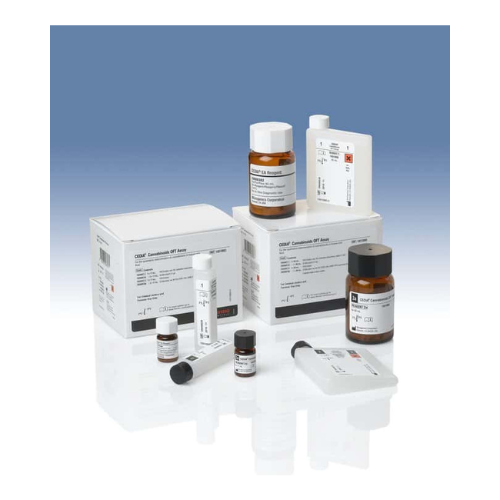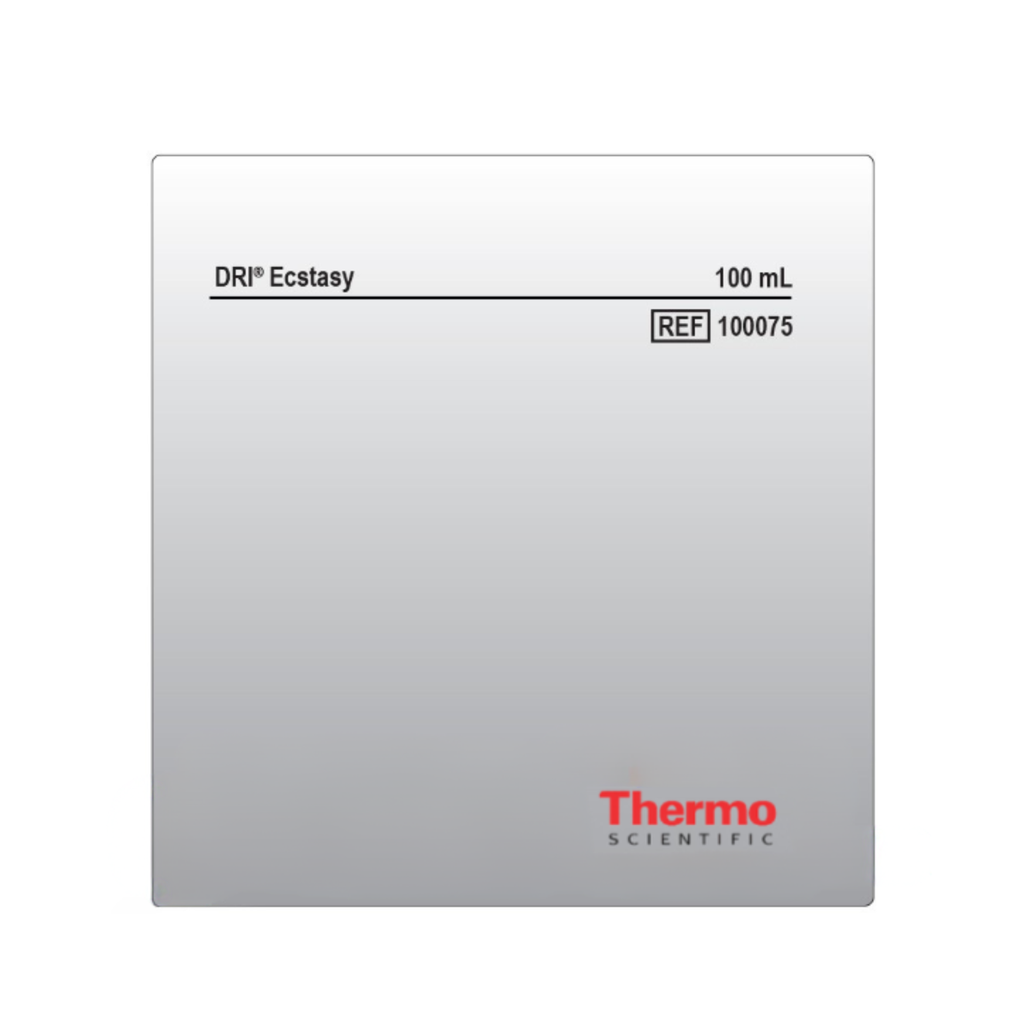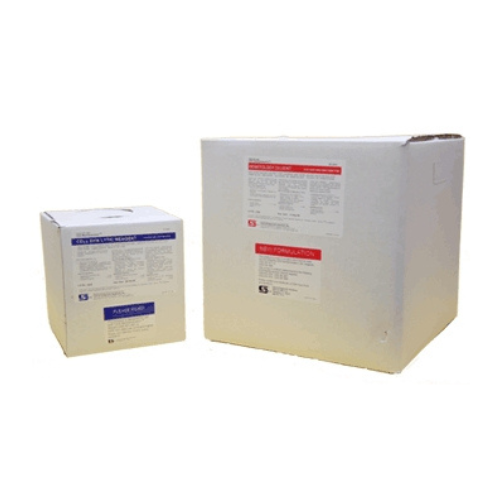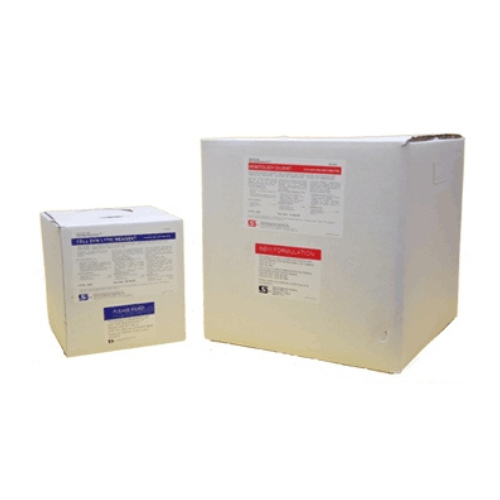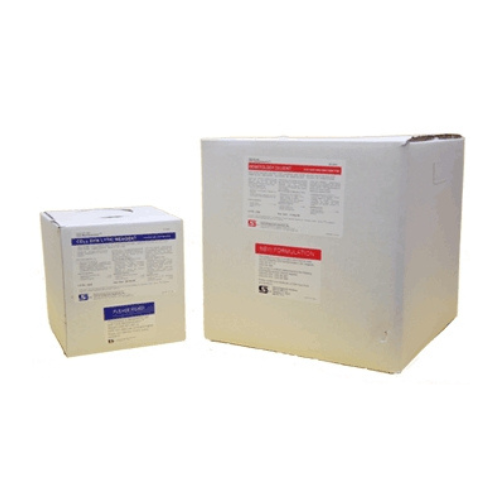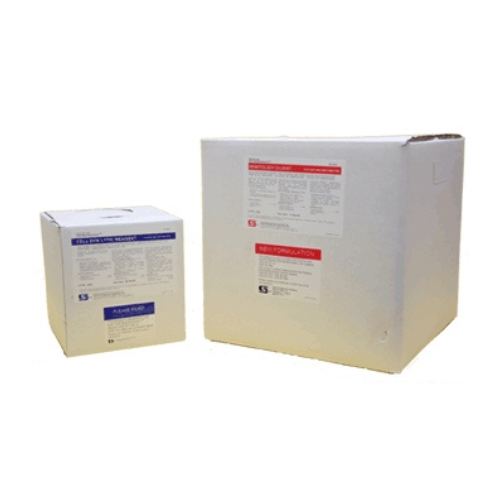For Business Use Only. Does Not Ship to Residential Addresses. For use inside an Analyzer, Sold Separately.
Thermo Kit XTC Rgt 100mL
In Stock
Product Code: T-100075
Manufacturer: Thermo Scientific
Shipping Weight: 2.00lbs (0.91kg)

WHY CHOOSE MYCO INSTRUMENTATION?
See Why in 2 mins.
Thermo Kit XTC Rgt 100mL
Specifications
- Control Sets: MGC Select DAU Control Set
- Description: DRI Ecstasy Drugs of Abuse Assays
- Detectable Analytes: MDA, MDMA, MDEA
- DoA Calibrators: DRI Ecstasy Calibrators
- Quantity: 100mL
- Storage Requirements: 2° to 8°C
Intended Use
The DRI® Ecstasy Enzyme Immunoassay is a homogeneous enzyme immunoassay intended for the qualitative or semiquantitative determination of ecstasy drugs in human urine. The assay provides a simple and rapid analytical screening procedure for detecting ecstasy drugs at a cutoff level of 500 ng/mL.
Summary and Explanation of The Test
Ecstasy drugs represent a group of ring-substituted methylenedioxy analogues of amphetamine, including 3, 4-methylenedioxyamphetamine (MDA), 3, 4 methylenedioxymethamphetamine (MDMA) and 3, 4-methylenedioxyethylamphetamine (MDEA). They are central nervous system (CNS) stimulants popularly abused for their psychotropic effects and are listed by the U.S. Drug Enforcement Administration as Schedule I (no accepted medical application with great abuse potential). At low doses, both MDMA and MDA produce euphoria, increased self-awareness, and an increased sense of trust. At higher doses, they are thought to be hallucinogenic. Toxic effects are similar to those of other CNS stimulants and include anxiety, depression, tachycardia, elevated blood pressure, cardiac arrhythmias, pupil dilation, and sleep disorders.
The length of time following drug use for which a positive result may ocur is dependent upon several factors, including the frequency and amount of drug, metabolic rate, excretion rate, drug half-life and the drug user’s age, weight, activity and diet. Within the body, MDMA is known to metabolize to MDA by N-demethylation. Urinary excretion accounts for 65% of the dose as parent drug and 7% as MDA within 3 days. Urinary MDMA concentrations following a 1.5 mg/kg oral dose may exceed 17 mg/L. Other urinary metabolites include mono- and dihydroxy-derivatives of MDMA and MDA, resulting from fission of the methylene bridge, which are eliminated as conjugates. The human metabolism of MDA has not been studied. Urine concentrations in fatal cases of up to 160 mg/L have been recorded and are indicative of excretion of substantial portions of unchanged drugs.
The DRI Ecstasy assay utilizes liquid, ready-to-use reagents and calibrators. The assay uses specific antibodies, which can detect ecstasy drugs in urine with minimal cross-reactivity to various amphetamine compounds. The assay is based oncompetition between a drug labeled with glucose-6-phosphate dehydrogenase (G6PDH) enzyme, and free drug from the urine sample for a fixed amount of specific antibody binding sites. In the absence of free drug from the sample, the specific antibody binds the drug labeled with G6PDH causing a decrease in enzyme activity. This phenomenon creates a direct relationship between drug concentration in urine and enzyme activity. The enzyme G6PDH activity is determined spectrophotometrically at 340 nm by measuring its ability to convert nicotinamide adenine dinucleotide (NAD) to NADH.



